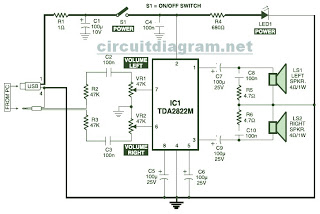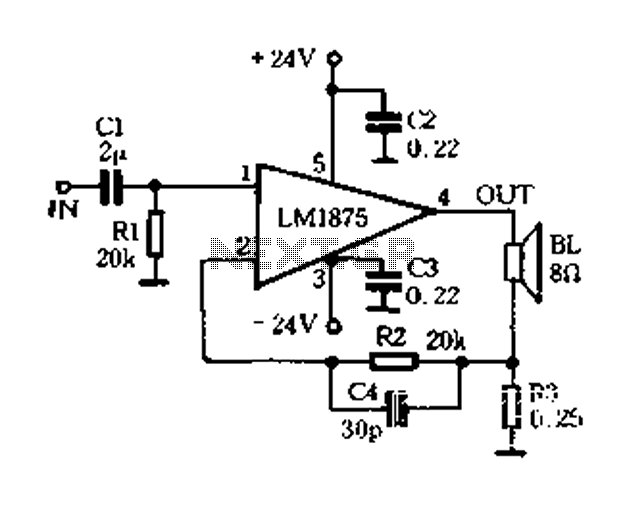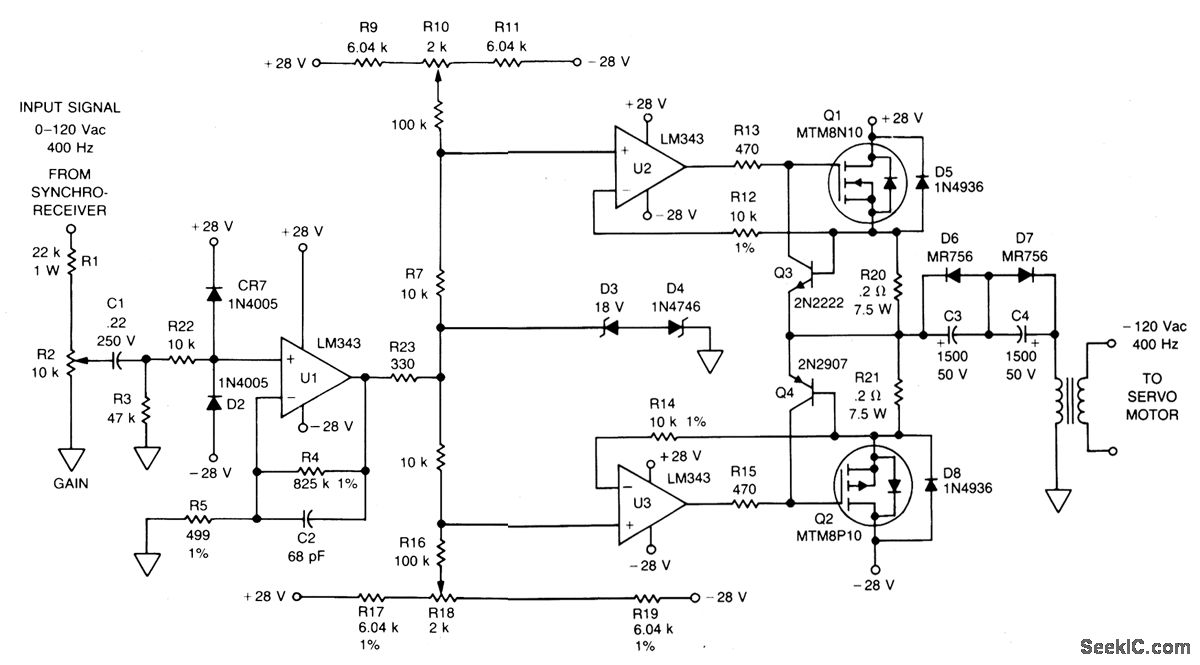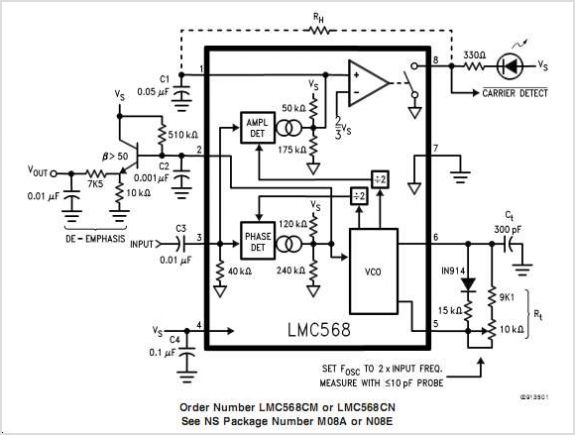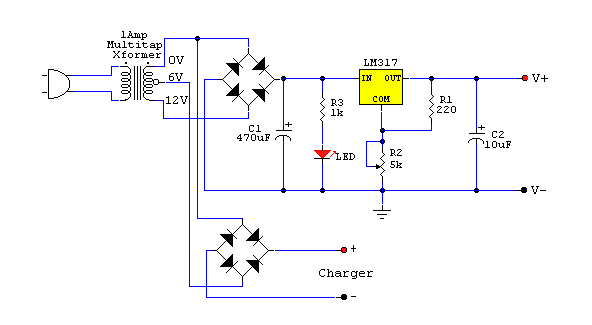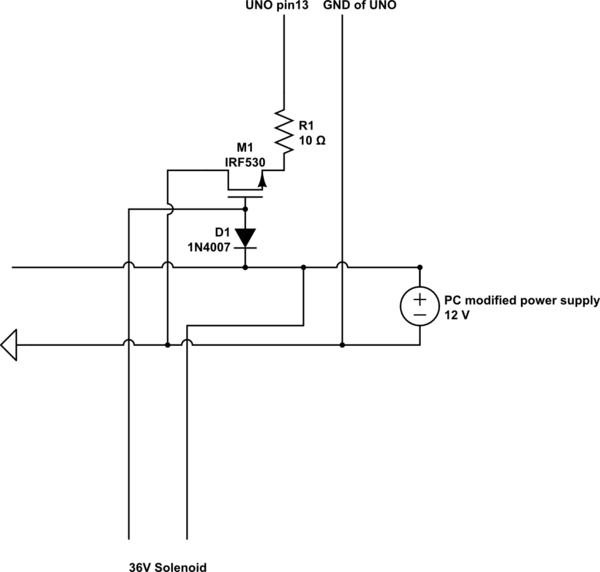
Class-D Audio Power Amplifier
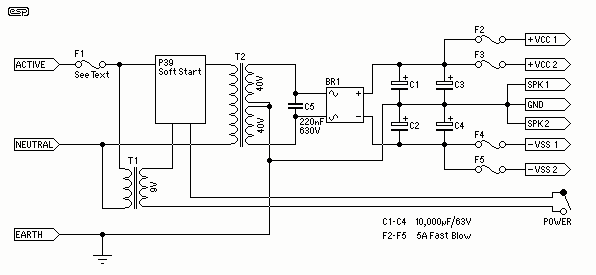
The first application has to be a stereo power amp, since that's what I built using two prototype modules. The reasons for this choice are twofold - a good high powered stereo amp is always useful, and it was important to be able to assess the sound quality in this role. I am at something of a disadvantage in this, because the only full range speakers I have are bookshelf units. They are quite good, but obviously don't have deep bass capability and suffer the normal limitations of most bookshelf designs.
The application in question is a stereo power amplifier, built using two prototype modules. The choice of a stereo power amplifier is based on its general utility and the need to evaluate its performance in terms of sound quality. The modules are used to drive a pair of bookshelf speakers, which are the only full range speakers available for this setup.
The bookshelf speakers, despite being of good quality, are not without their limitations. They lack the capability to produce deep bass sounds, which is a common shortcoming of such designs. This could potentially affect the overall sound quality produced by the amplifier. However, the stereo power amplifier is designed to mitigate such limitations to an extent, by providing high power output.
The prototype modules used in the construction of the amplifier have been carefully selected to ensure optimal performance. These modules are the core of the amplifier, influencing its power output, sound reproduction quality, and overall efficiency. Hence, the choice and configuration of these modules are critical to the performance of the stereo power amplifier.
In summary, the described setup is a stereo power amplifier system composed of two prototype modules and a pair of bookshelf speakers. Despite the inherent limitations of the speakers, the amplifier aims to deliver high-quality sound reproduction. Its performance, however, is ultimately influenced by the choice and configuration of the prototype modules.The first application has to be a stereo power amp, since that`s what I built using two prototype modules. The reasons for this choice are twofold ... a good high powered stereo amp is always useful, and it was important to be able to assess the sound quality in this role.
I am at something of a disadvantage in this, because the only full range speakers I have are bookshelf units. They are quite good, but obviously don`t have deep bass capability and suffer the normal limitations of most bookshelf designs.
🔗 External reference
The application in question is a stereo power amplifier, built using two prototype modules. The choice of a stereo power amplifier is based on its general utility and the need to evaluate its performance in terms of sound quality. The modules are used to drive a pair of bookshelf speakers, which are the only full range speakers available for this setup.
The bookshelf speakers, despite being of good quality, are not without their limitations. They lack the capability to produce deep bass sounds, which is a common shortcoming of such designs. This could potentially affect the overall sound quality produced by the amplifier. However, the stereo power amplifier is designed to mitigate such limitations to an extent, by providing high power output.
The prototype modules used in the construction of the amplifier have been carefully selected to ensure optimal performance. These modules are the core of the amplifier, influencing its power output, sound reproduction quality, and overall efficiency. Hence, the choice and configuration of these modules are critical to the performance of the stereo power amplifier.
In summary, the described setup is a stereo power amplifier system composed of two prototype modules and a pair of bookshelf speakers. Despite the inherent limitations of the speakers, the amplifier aims to deliver high-quality sound reproduction. Its performance, however, is ultimately influenced by the choice and configuration of the prototype modules.The first application has to be a stereo power amp, since that`s what I built using two prototype modules. The reasons for this choice are twofold ... a good high powered stereo amp is always useful, and it was important to be able to assess the sound quality in this role.
I am at something of a disadvantage in this, because the only full range speakers I have are bookshelf units. They are quite good, but obviously don`t have deep bass capability and suffer the normal limitations of most bookshelf designs.
🔗 External reference
